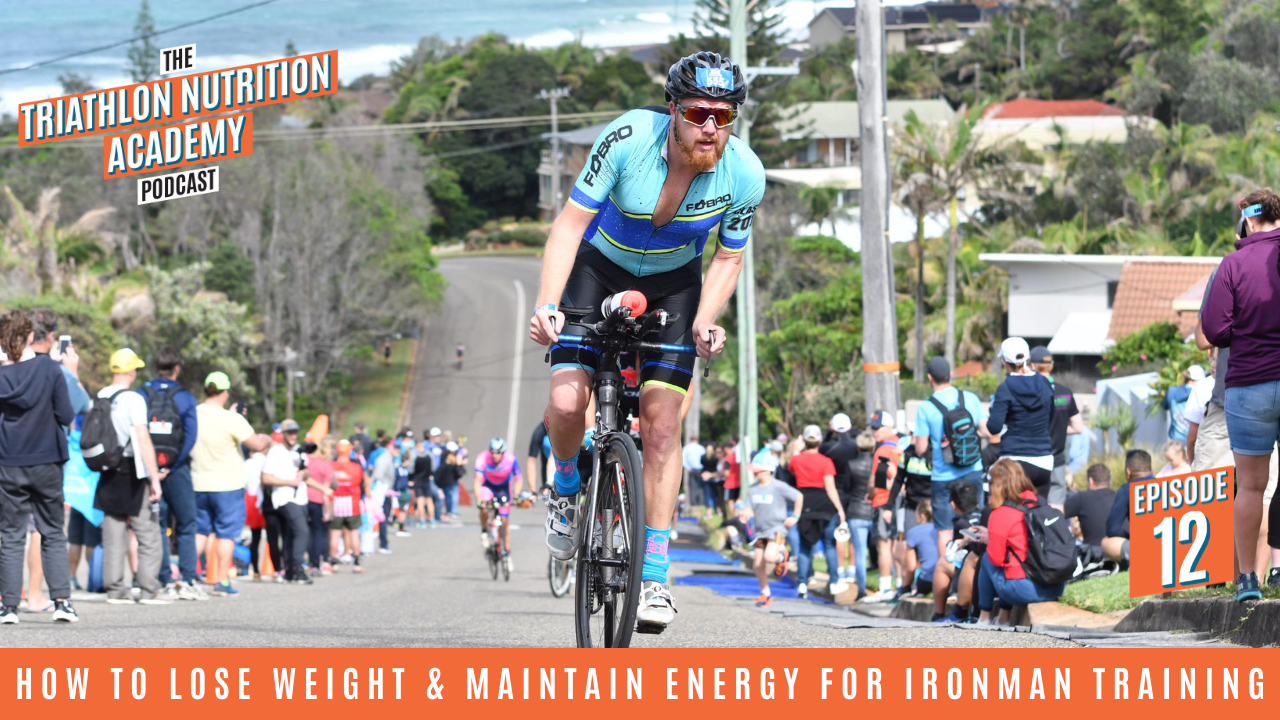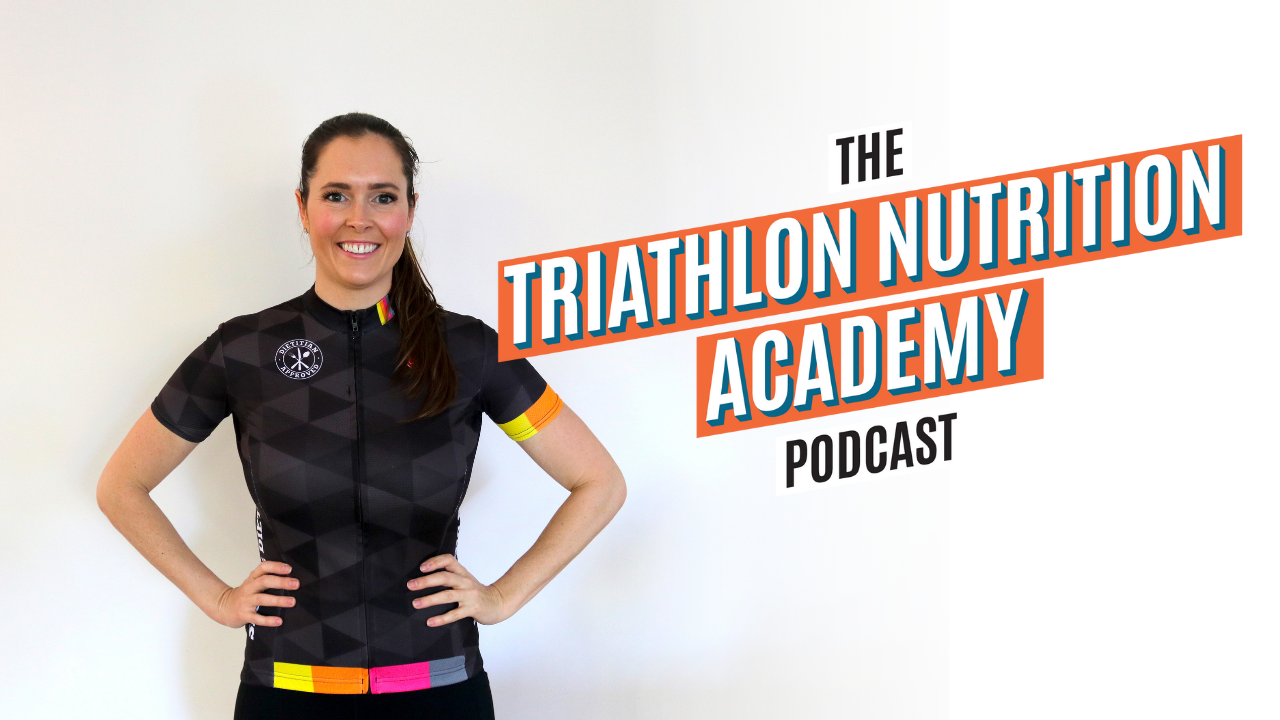How to Lose Weight & Maintain Energy for Ironman Training

How to Lose Weight & Maintain Energy for Ironman Training
Most athletes are looking to be in peak physical condition for their A race. For endurance events like Ironman where you have to carry your weight across a long distance, performance can be improved with a good power to weight ratio. But it’s a delicate balance between being light, strong and fast and falling into a hole because you’ve under fuelled too aggressively to get there.
Here are my 7 Tips To Drop Body Fat While Still Maintaining Energy Levels And Performance Through An Ironman Build:
1. Eat Strategically
- Have a periodised approach to your nutrition
- You shouldn’t eat the same thing every day – your nutrition should match your training load
- Your nutrition should look completely different on your lighter training days vs a double session hard training day vs a long endurance ride & run off the bike type day
- Without a specific nutrition plan perfect for you, you run the risk of getting sick or injured
- Offseason vs training season nutrition should also look different
- As your training load builds, so should your nutrition throughout the build, rather than eating the same way
2. Get A Dietitian Approved Meal Plan
- Each training day should look different nutritionally
- Pre and post-training fuel is important as well as recovery and nutrition across the whole week
- For an Ironman distance, there are many things that can go wrong with your nutrition, so it is important to work with a dietitian to ensure you have everything under control
- Your nutrition approach should be individualised, not the same as your training buddy
- Lots of science, thinking and experience goes into a meal plan to ensure you perform at your best
3. Let Training Drive Body Composition Change
- If you focus on eating well and fuelling training, you will naturally drop body fat without needing an aggressive calorie deficit
- Learn how to eat to match training load more closely which will help your body composition shift happen naturally
- You shouldn’t be eating the same thing each day!
4. Focus on dropping body fat earlier rather than later
- If you’re doing a 20-week training build for an Ironman – start focusing on shifting body fat earlier, rather than chasing your tail at the back end
- You can utilise fat-adaptation strategies to teach your body to use fat more effectively so that on race day you're not as reliant on using carbohydrates as a fuel source
- At the back end of your training build, you want to be fuelling more and practising race nutrition and carb-loading strategies – not starving yourself to lose weight
- You don’t have to be race weight early but if you’ve got a big chunk of weight to shift, start earlier rather than later
5. You shouldn’t be race weight all year
- Just like nutrition, you need a periodised weight strategy – you’re not racing all year so you can have some flow to your body composition
- This does not mean having huge shifts of 10kg+, but an increase of a few kilograms to a comfortable norm is okay
- Keep your body composition in a closer range to have a better year and perform better without needing to shift huge amounts of weight during your Ironman build
- Avoid the ‘all or none’ approach
- Race weight can evolve over time – you don’t need to constantly strive for the same number
6. Slow and steady wins the race
- Be realistic with your weight loss expectations
- Slower weight loss helps lose fat rather than muscle
- 5-1kg/week weight loss is a good target and will help to maintain your energy levels
- To lose body day, you need to be in a calorie deficit. But to maintain energy levels with heavy training, focus on fuelling training with a little deficit driven by the training volume, rather than entirely food calories
7. Track body composition changes with skin folds, not the scales
- Track your body composition changes with a measure like skinfolds or a DEXA scan rather than weight on the scales
- There are many causes of day-to-day weight fluctuations such as hydration status, glycogen fluctuation, bowel movements, hormones etc
- To get accurate Skin folds – look for an anthropometrist who is ISAK accredited
They are my top tips for trying to lose body fat during an Ironman build, not falling into a hole during it and making sure you maintain your energy levels to smash it come race day!
To go deeper, listen to the Triathlon Nutrition Academy Podcast Episode 12: How to Lose Weight & Maintain Energy for Ironman Training for more!




